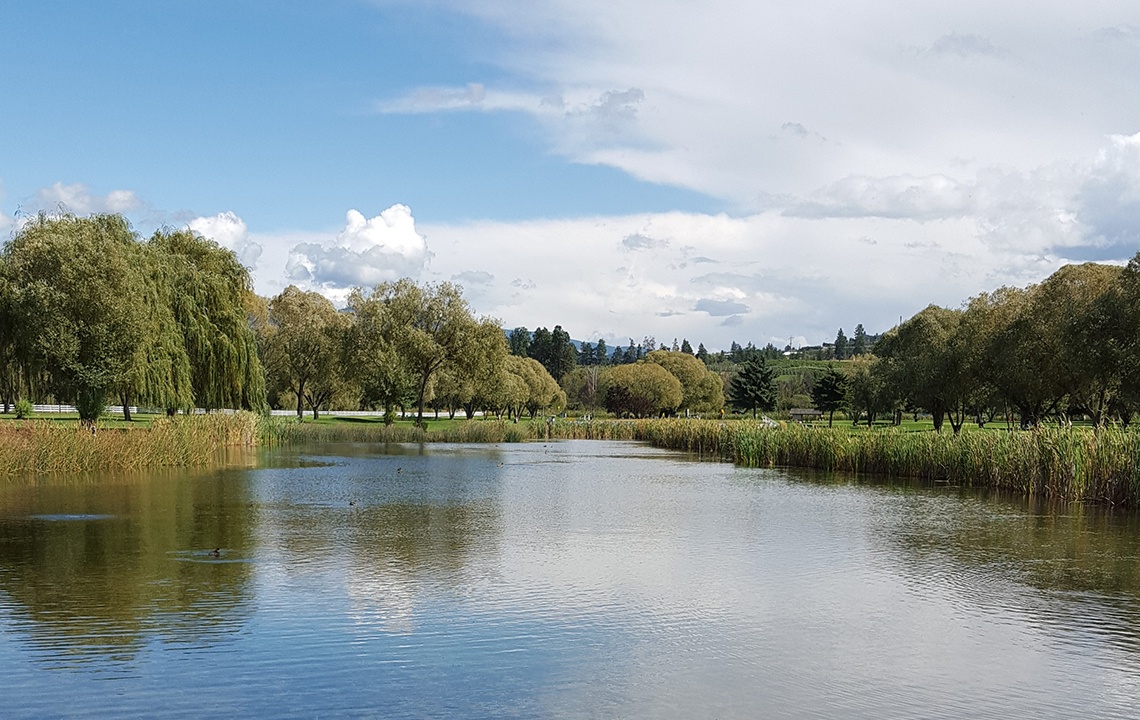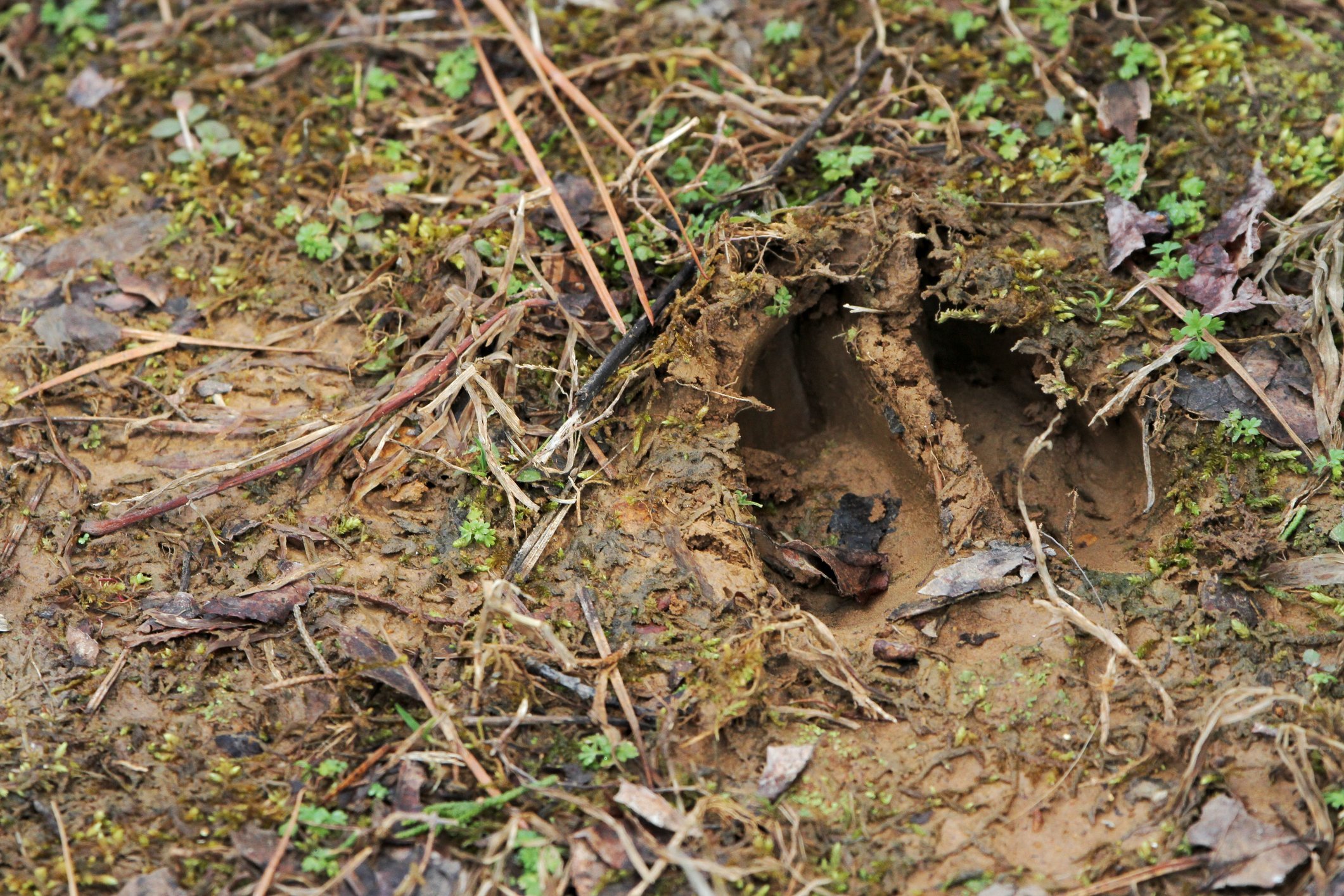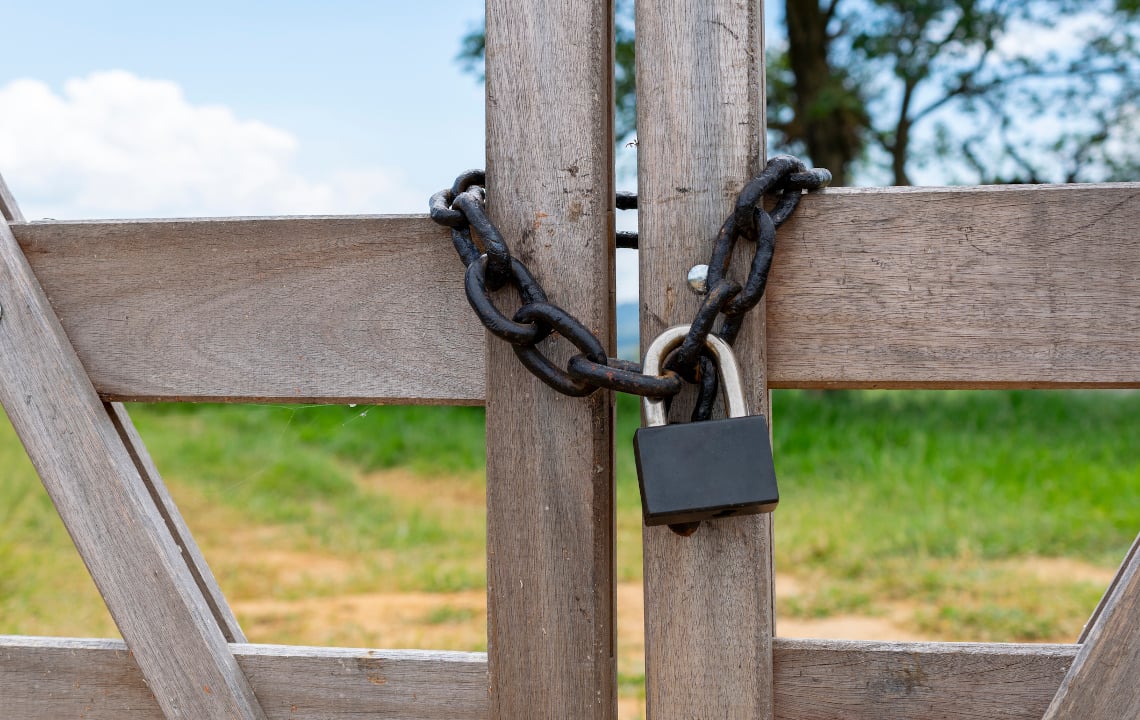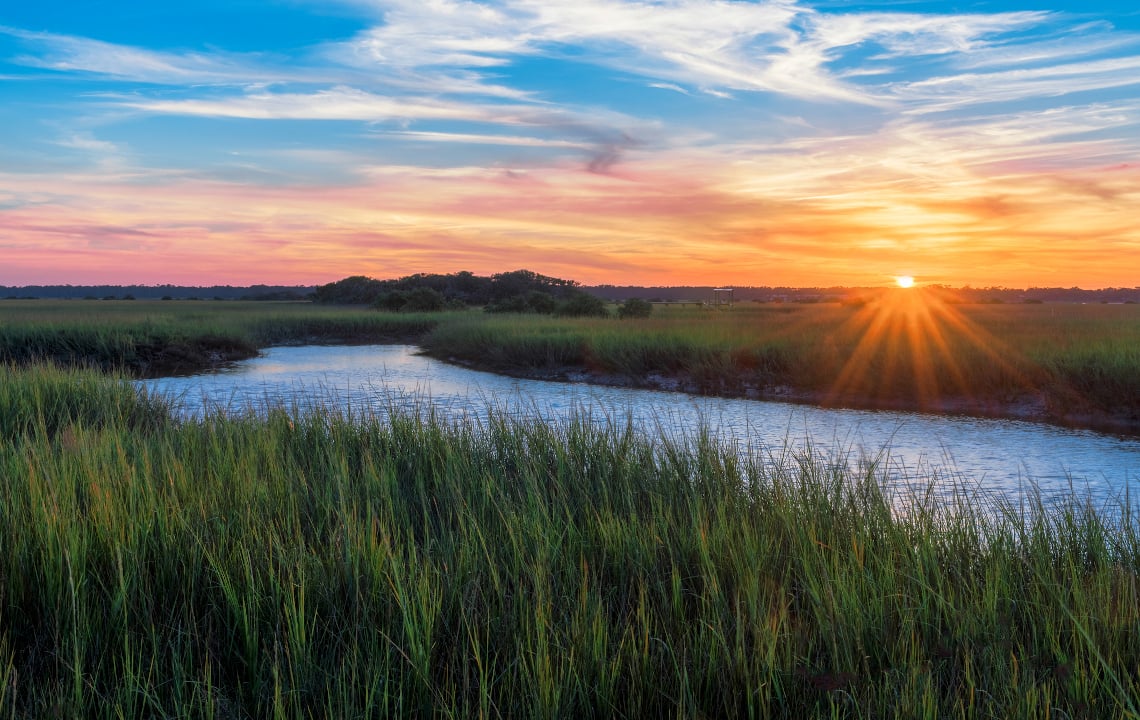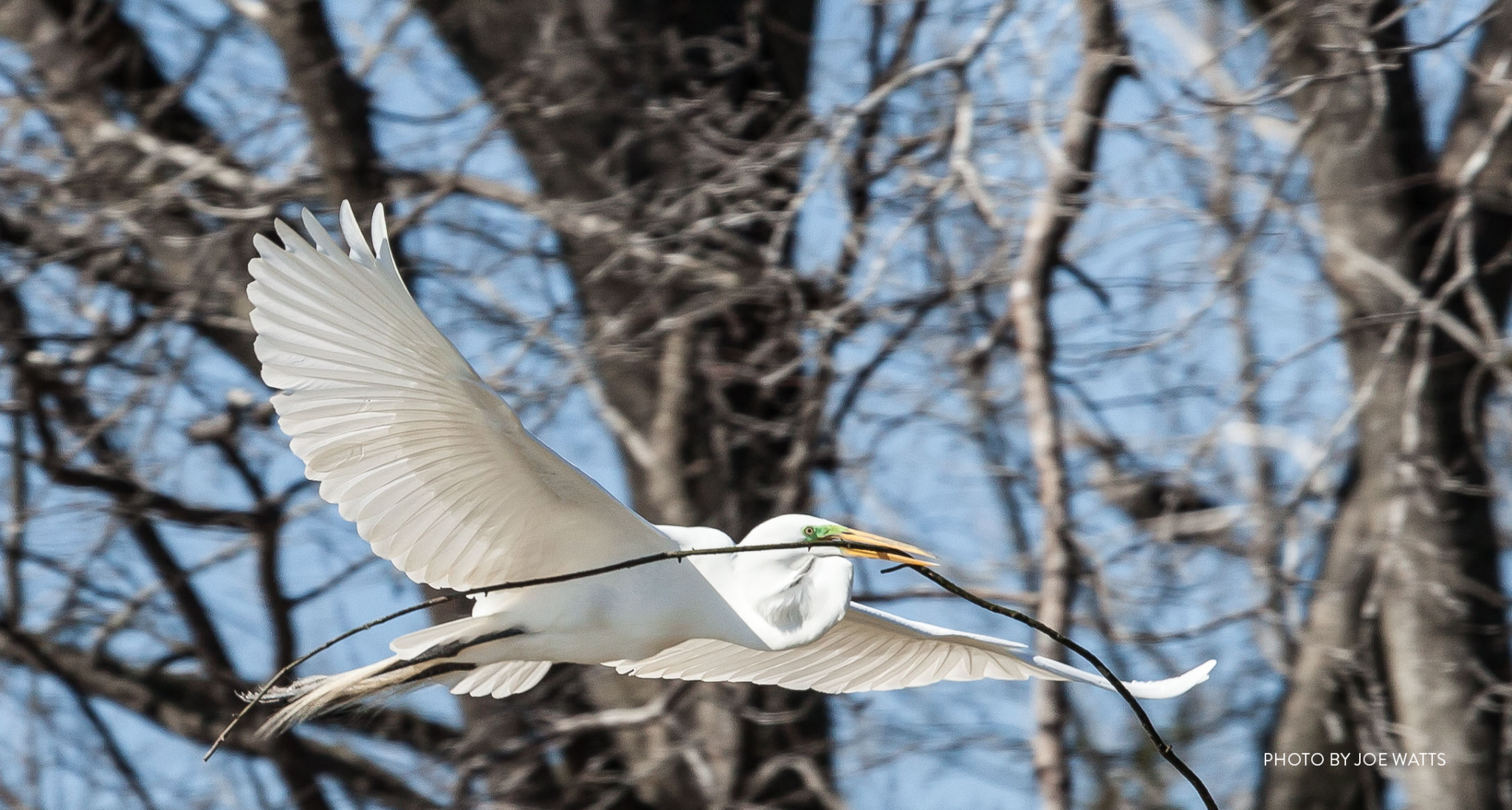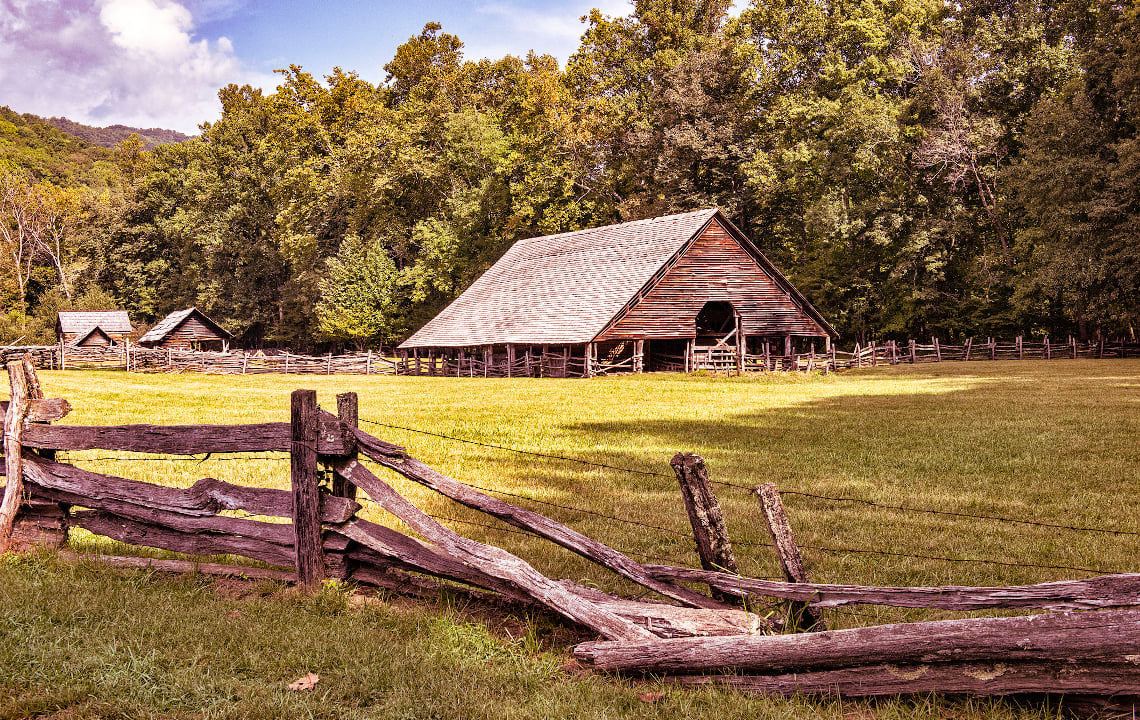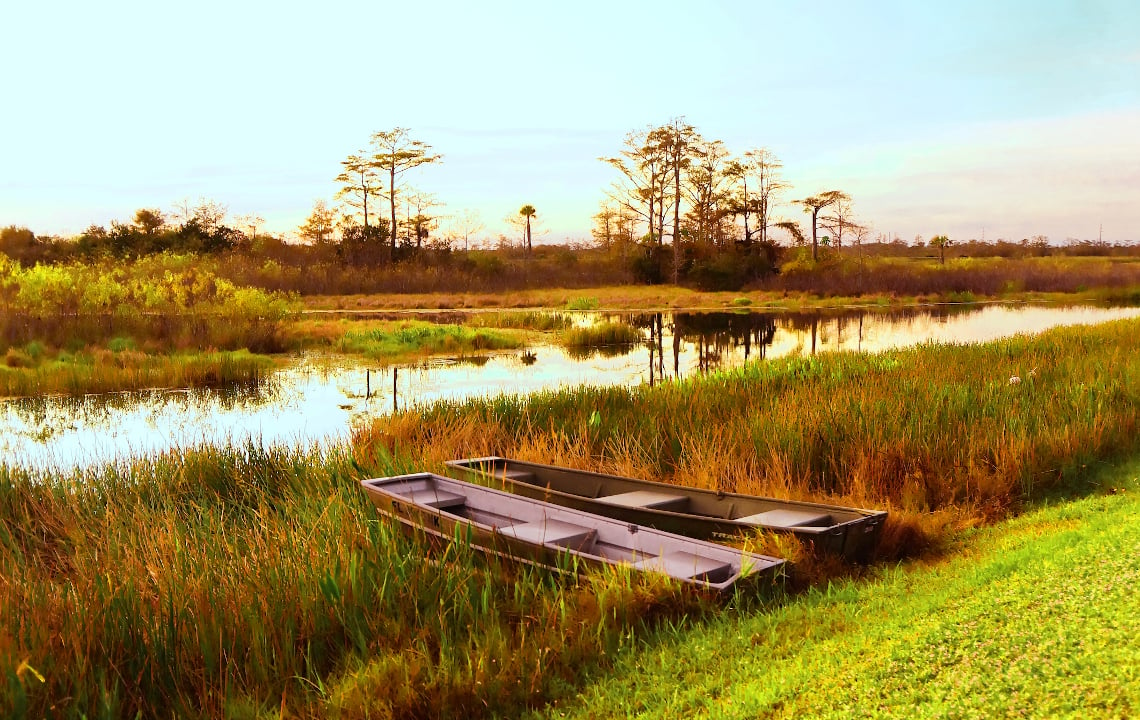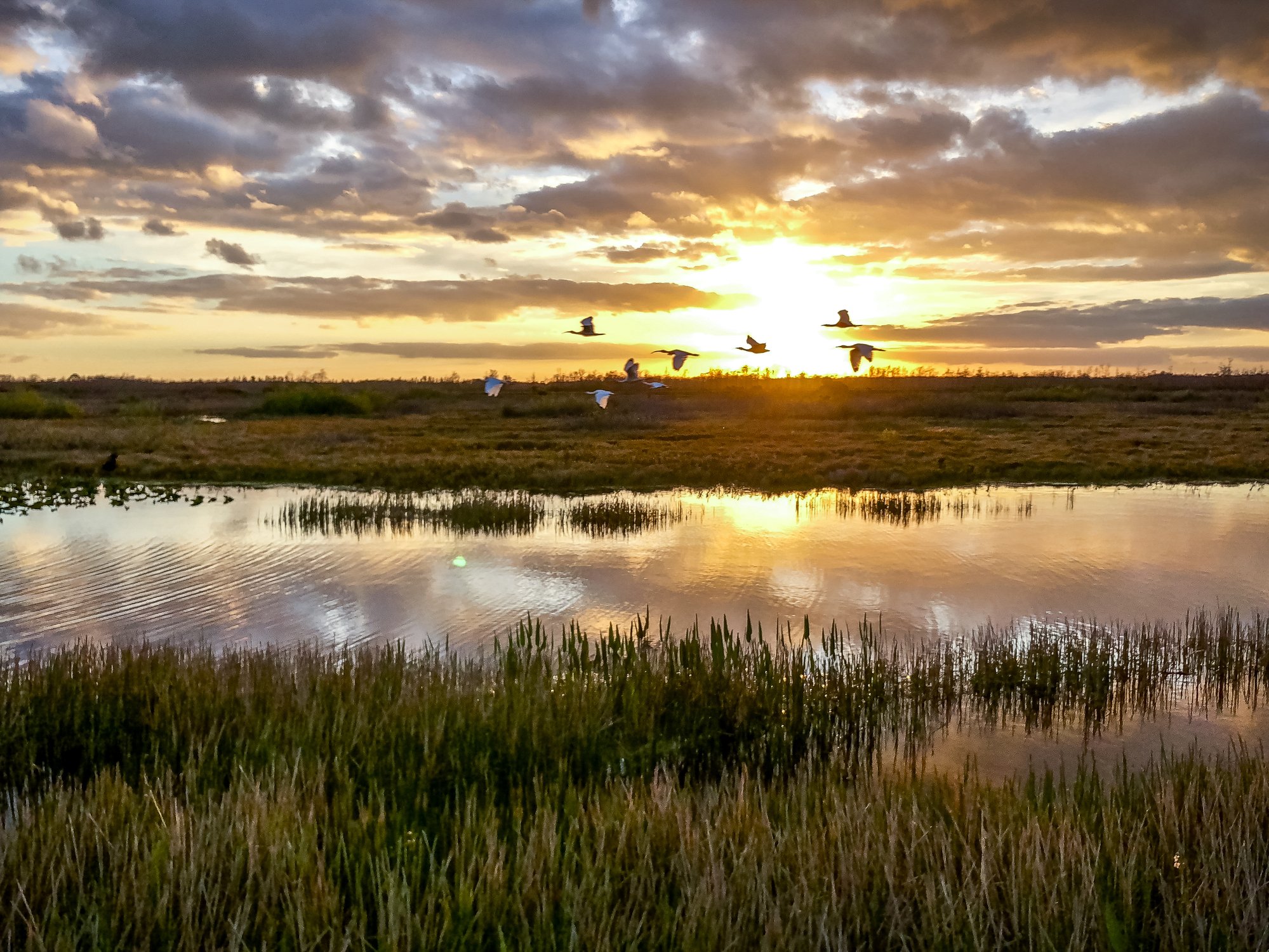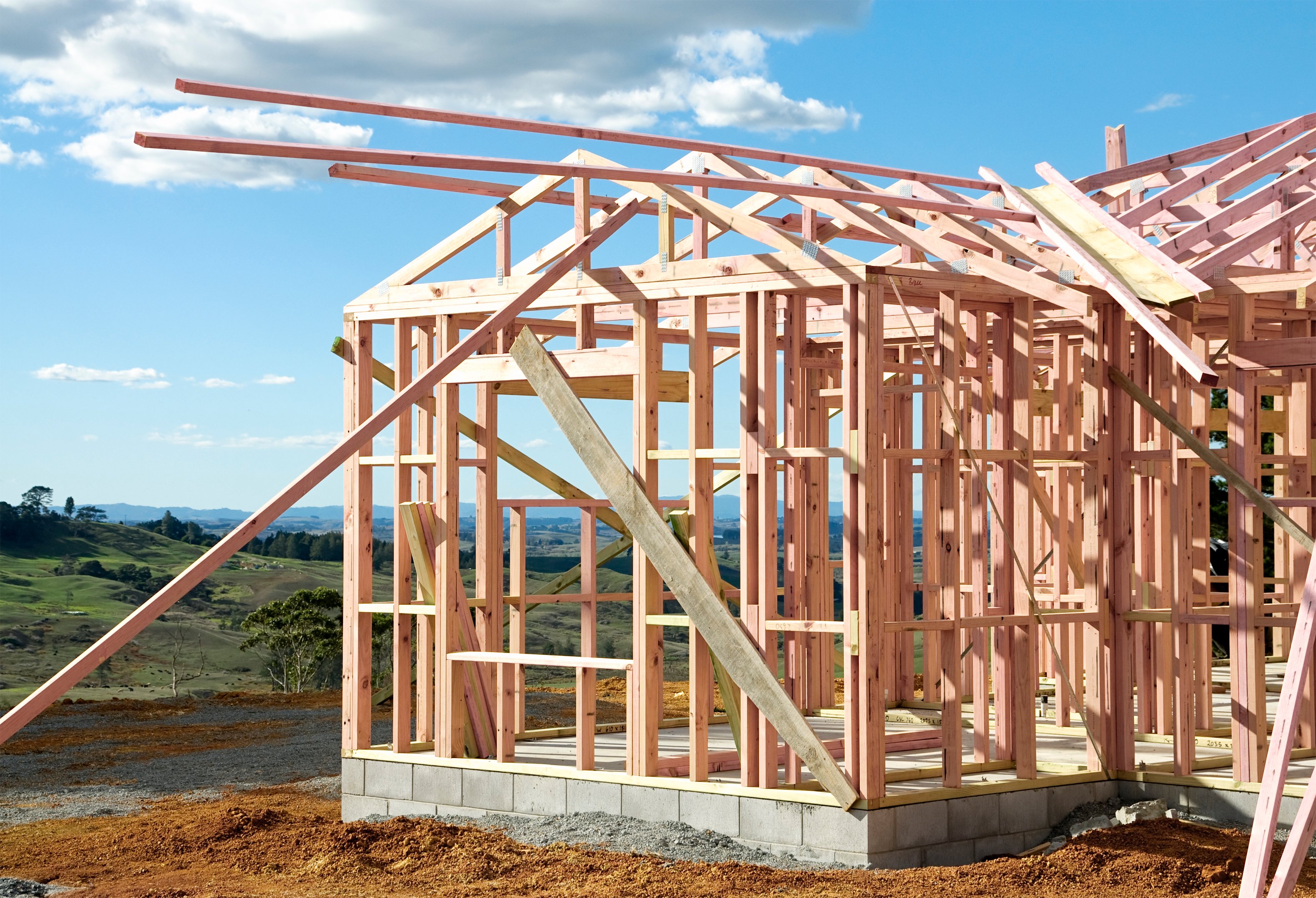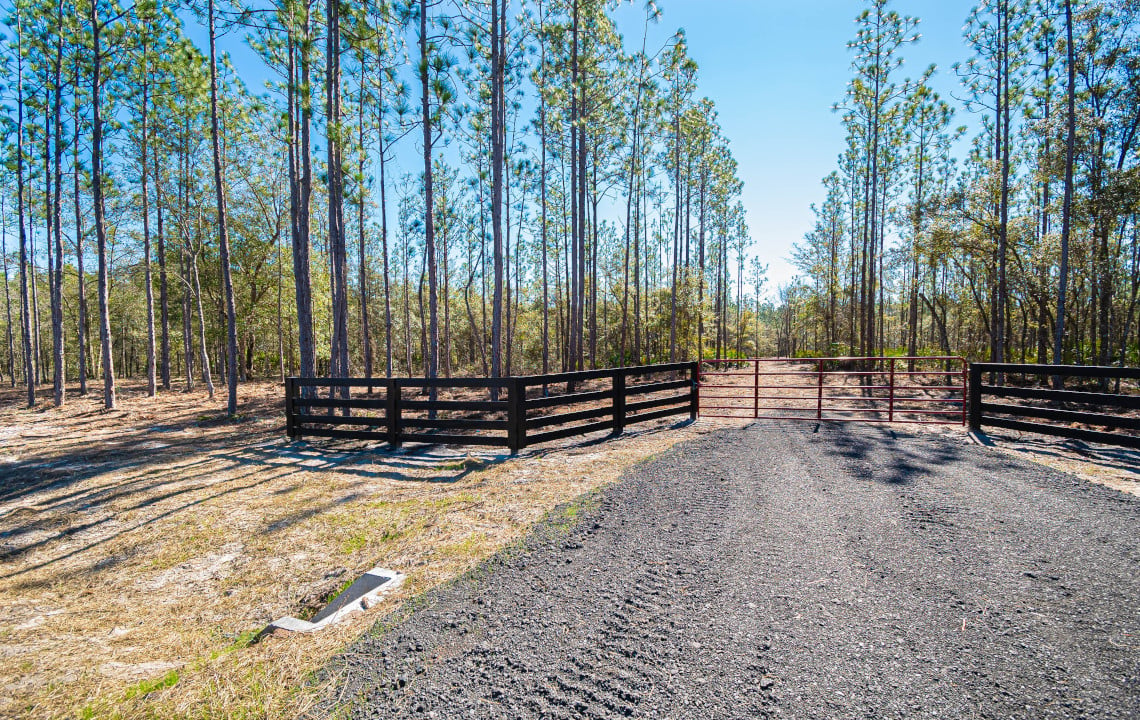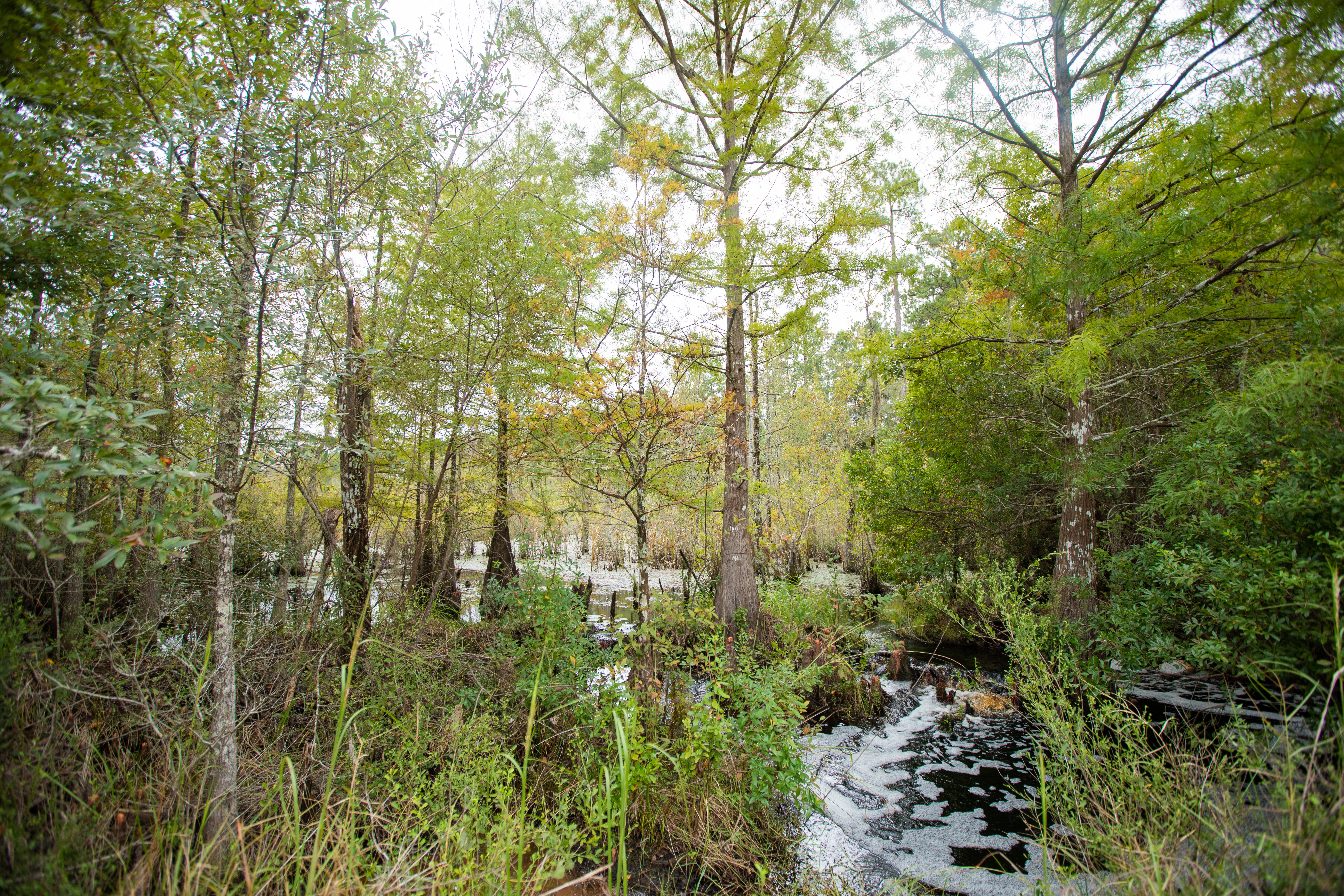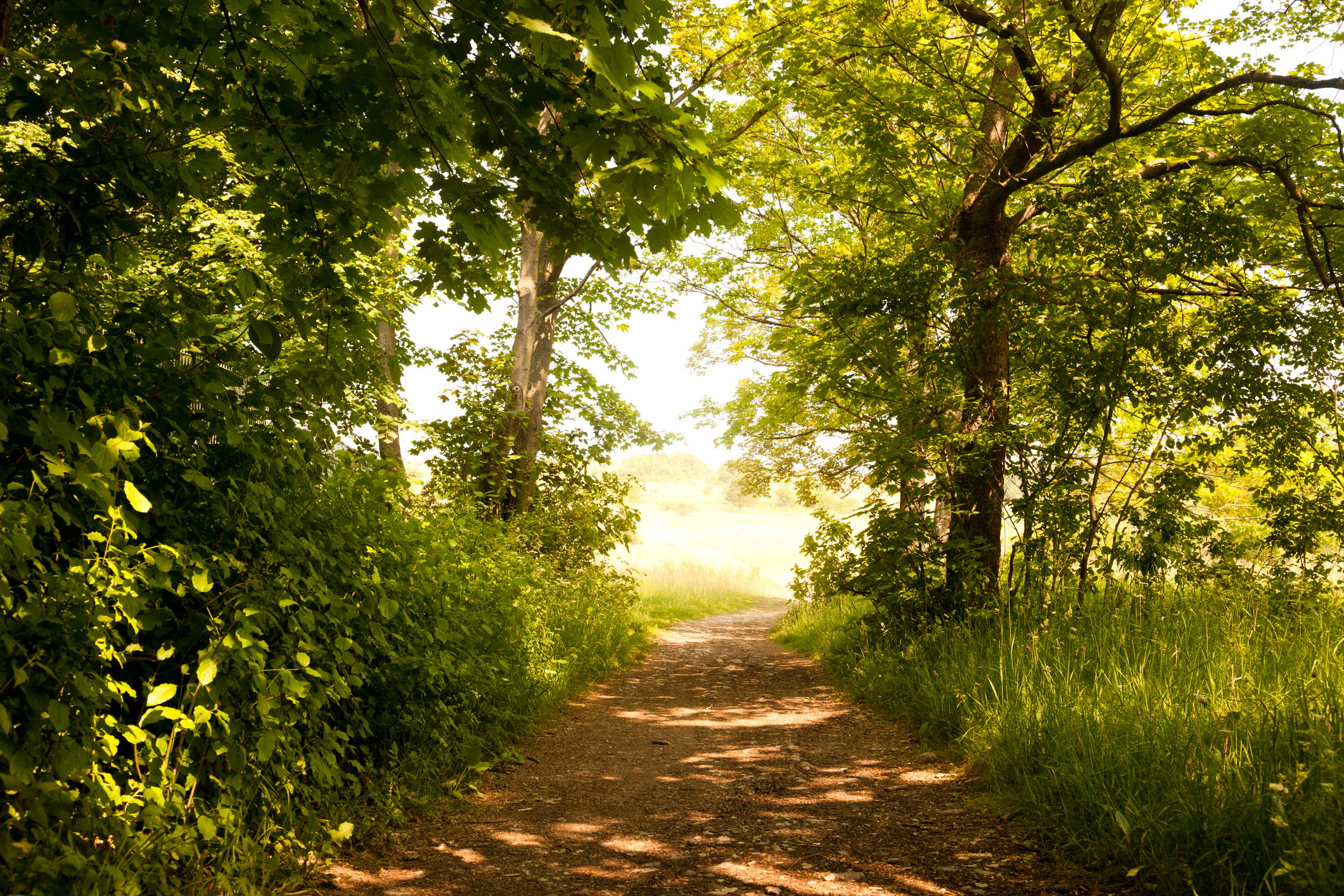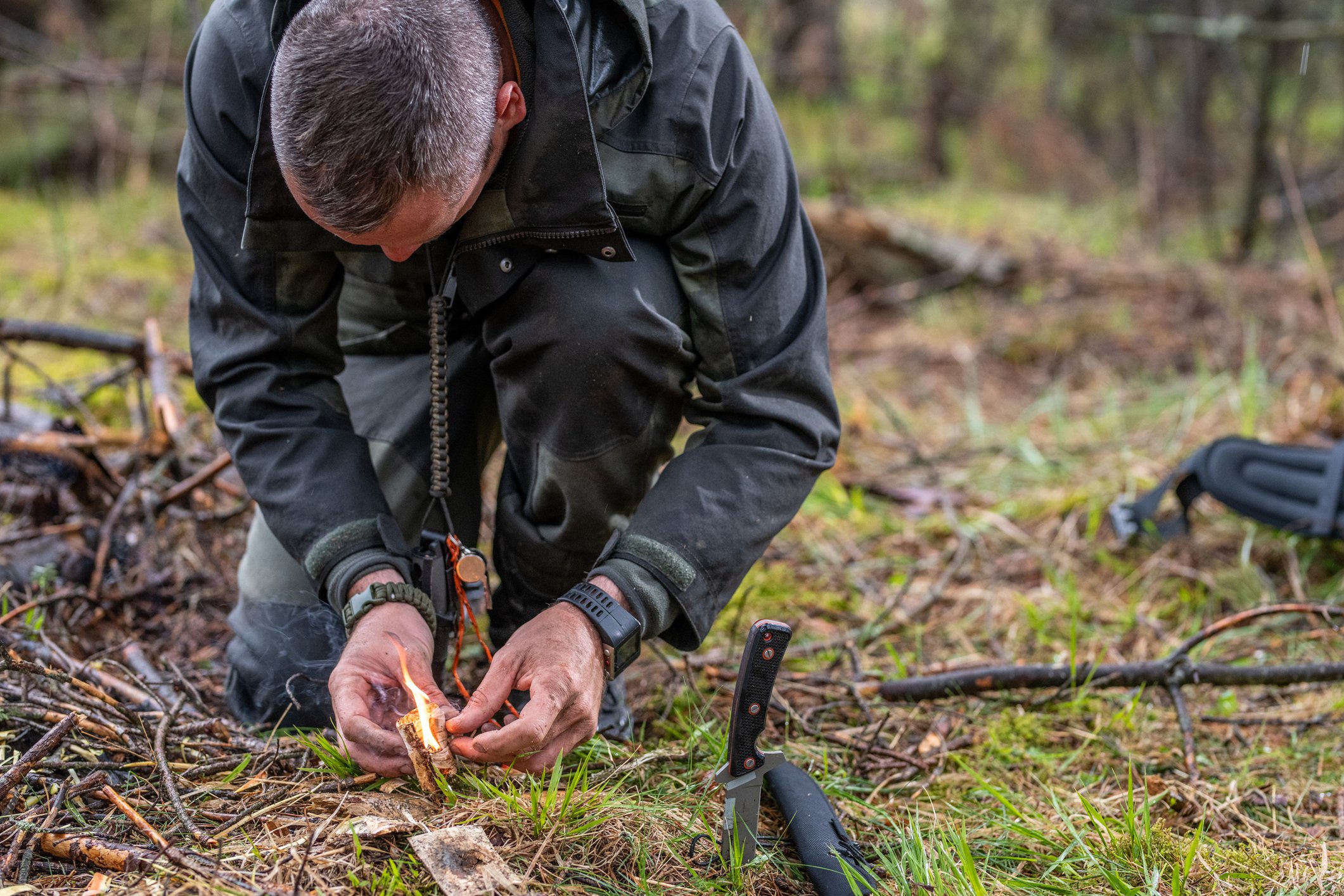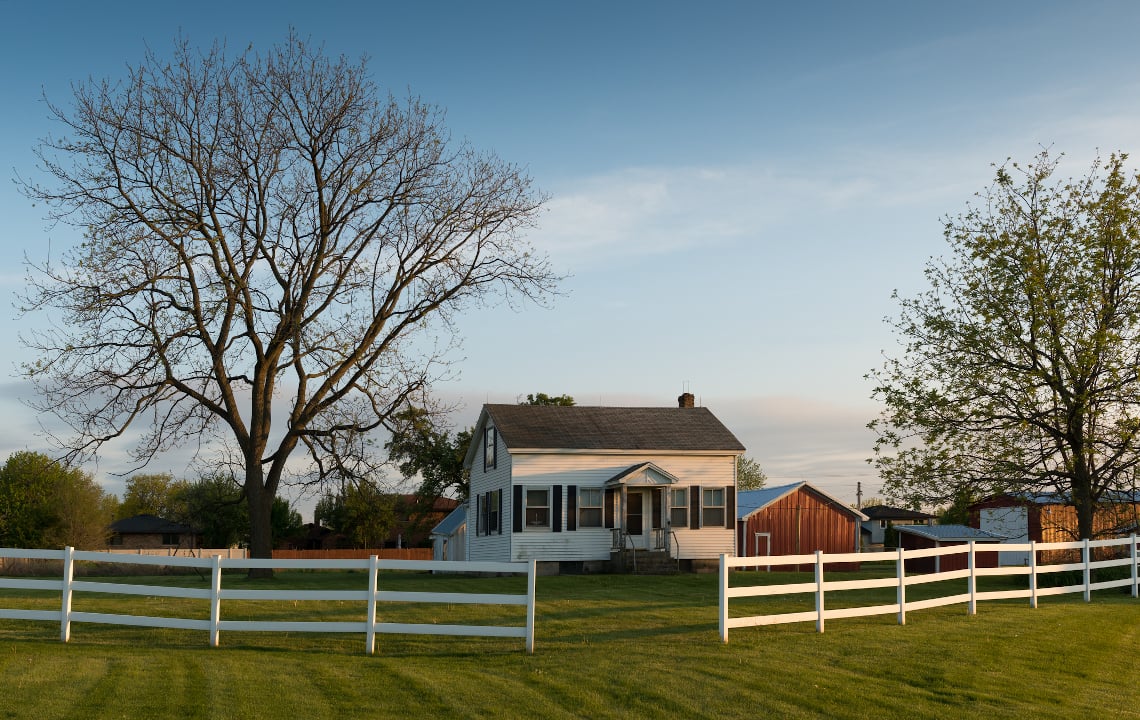You want a pond on your property, but how do you naturally prevent dense algae blooms and other forms of nutrient pollution? A company in the business of removing pond pollution offers a 3-step guide.
 Ponds and lakes on rural properties serve many purposes. They can be an essential water source for crops, livestock, fish, birds and wildlife. They can also be a great source of fun and recreation for the family during hot summer months. If maintained properly, ponds also can add value to your property. We offered a step-by-step tutorial on adding a pond to your property here.
Ponds and lakes on rural properties serve many purposes. They can be an essential water source for crops, livestock, fish, birds and wildlife. They can also be a great source of fun and recreation for the family during hot summer months. If maintained properly, ponds also can add value to your property. We offered a step-by-step tutorial on adding a pond to your property here.
But unattended ponds and lakes can suffer from weeds and algae, stagnation, and foul odors. What causes these problems to occur? These are all symptoms of nutrient pollution, a problem that is plaguing our lakes, rivers and ponds throughout North America. As defined by the U.S. Department of National Oceanic and Atmospheric Administration, nutrient pollution is “the process where too many nutrients, mainly nitrogen and phosphorus, are added to bodies of water which can act like fertilizer, causing excessive growth of algae.”
Where does nutrient pollution come from? Nitrogen and phosphorous come in the form of:
- agriculture fertilizers
- sewage runoff
- grass clippings
- animal waste
- fossil fuels
- factory by-products
- soaps and detergents.
How do you fight back against nutrient pollution in freshwater?
There are many pond care options on the market. How do you decide what is best for your property?
There are two paths you can go down in addressing these issues:
1: Treat weeds and algae blooms with herbicide or algaecide
You can treat the algae and weeds with herbicides or algaecides, but these remedies are potentially toxic. In addition, this solution ]treats the symptoms of the problem by killing off the unwanted aquatic vegetation, but with a downside (adding chemicals) that may make your pond worse than it was in the first place as time goes on.
More on that later in this article.
2: Use natural remedies to stop nutrient pollution
Use an all-natural program for your pond to treats the main issue causing your pond problems: excess nutrients in the water body.
Choosing to go the natural route is safe for humans, animals, fish, crops and the environment. It is also a sustainable approach that will leave your pond with no toxic residue in it once the pond is clean and clear. Over time your pond maintenance costs will go down while your water (and everything in or around it) becomes healthier.
 An example of how natural remedies changed the look of one of Koender's client's ponds.
An example of how natural remedies changed the look of one of Koender's client's ponds.
Here are three easy steps and best practices to achieve natural pond care:
Step 1. Prevent Excess Nutrients with Natural Bacteria and Enzyme Blends
Prevent excess nutrients in your pond by treating it with natural bacteria and enzyme blends. These are designed to consume the nutrients in the water that cause pond problems.
Bacteria and enzyme products are natural, eco-friendly, safe and easy to use. Using the right blends of bacteria and enzyme is critical. Freshwater suffering from nutrient pollution need bacteria that are hungry to consume phosphates and nitrates. Enzymes, also critical in the natural process of cleaning up ponds, break down organic matter so the bacteria can consume the nutrients.
Remember that not all bacteria are designed for dealing with nutrient pollution, so look for proven quality products that have a good track record on the market. Follow the application rates recommended on the labels.
Look for a product that:
- Contains all natural ingredients.
- Is in a liquid form and contains high levels of active bacteria. That way, it can be dispersed effectively throughout the pond body. Dry forms of bacteria typically work in smaller bodies of water, such as small backyard ponds, where dispersing of treatment is not an issue as with larger bodies of water.
- Contains aerobic bacteria, which consumes suspended nutrients in the water.
- Contains anaerobic bacteria that is able to eat up muck and sludge in the bottom of the pond.
Step 2. Treat the Source of Pond Problems by Adding Aeration
Another best practice for environmentally sound pond management is to aerate the water.
Aeration is the process of adding oxygen to water, improving the oxygen vs. dissolved oxygen levels.
Aeration provides oxygen that helps:
- aerobic bacteria to survive and be effective.
- facilitate the decomposition process of organic matter.
- keep algae and weeds at bay.
- vent off foul odors and carbon dioxide.
- improve the health of fish and lower the risks of fish kill.
- decrease insect larvae growth.
There are two main types of aeration systems: bottom-up aeration and surface aeration.
Bottom Up Aeration
Bottom up aeration systems are designed to aerate water from the bottom of the pond. This is by far the most effective aerating method, and is 8-10 times more efficient than surface aeration! Dissolving oxygen into the water at the bottom of the pond allows the oxygen to more efficiently mix with the water and it provides a filtration system effect. As the oxygen bubbles rise through the water column they pick up organic debris that is suspended in the pond body – thus burning off excess organic debris that causes pond stagnation, algae and weeds. The more time the oxygen has in the water, the more efficient the dissolving process is. Bottom up aeration can help avoid fish kills and support an overall healthier ecosystem in the pond.
Surface Aeration
With fountains or surface aeration, water is sucked up and pumped several feet into the air. This requires at least two times more energy resulting in higher costs of operation and lower equipment life expectancies. The motors for these surface aeration systems are in the water so the seals break down over time and water leaks into the motor casings. In addition, these motors must work much harder, pushing water vs. pushing air the way bottom up aeration systems do. Oxygen that is added to the pond water through surface aeration is derived only from the splashing of the water on the surface of the pond. Essentially, the splashing traps oxygen in the top 6 inches to 1 foot at the surface of the pond water.
Types of Bottom UP Aeration Systems
When using bottom up aeration systems, choose between three main types: electric aeration, windmill aeration, or solar aeration.
Electric Aerators
A low-draw electric aerator might be right for you if:
- There is an electricity source within 1000 feet.
- You want to keep your pond open over winter.
- There is low to moderate wind or the pond is in a valley sheltered from wind.
- The pond is located in a densely-populated area or with trees all around.
Windmills
A windmill aeration system may be right for you if:
- You have no access to electricity.
- You prefer eco-friendly, green energy.
- There are low to moderate winds.
- You have high electricity rates.
- You like the windmill aesthetic.
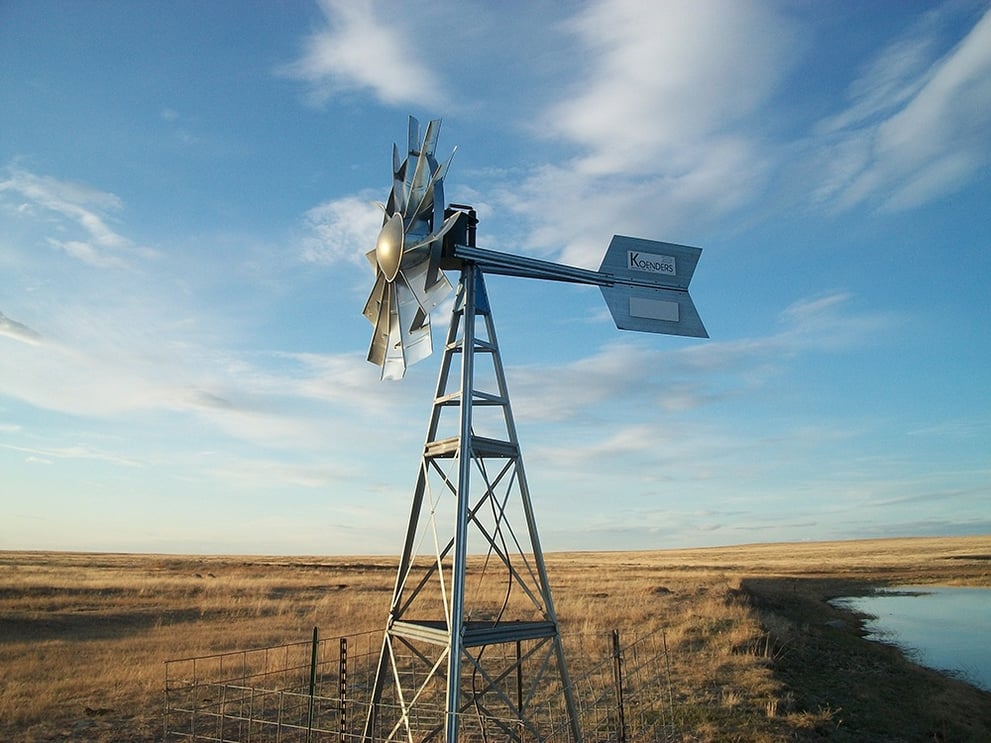 A windmill by the company that wrote this article, Koenders Water Solutions.
A windmill by the company that wrote this article, Koenders Water Solutions.
Solar Aerators
A solar aeration system may be right for you if you:
- Have no access to electricity.
- Prefer eco-friendly, green energy.
- Are located in a valley sheltered from wind.
- Have a consistent sunny climate.
Step 3. Maintain, Maintain, Maintain.
In order for pond treatments and aerators to work effectively, the amount of vegetation entering the pond should be managed. Regularly remove unwanted aquatic vegetation like fallen leaves, weeds and algae manually.
As this article mentioned earlier, using herbicides and algaecides to kill off unwanted vegetation may not be the best choice for you. These chemicals only mask the problem and can often make it worse. When algae and weeds are treated with herbicides and algaecides, the dead, decaying organic matter sinks to the bottom of the pond, adding to the pond muck and sludge, increasing its nutrient load and zapping oxygen from the water. The excess nutrients allow new algae and weeds to grow, creating an ineffective cycle eventually requiring costly dredging to remove sludge build up.
To remove unwanted aquatic vegetation manually, look for a good weed cutter or rake. Look for a weed cutter that is lightweight and includes a cutting head and removable floatation device so you can cut weeds and then pull or rake them out of your water for good. The floatation device will help you remove floating aquatic vegetation. You can remove the floater and to sink the weed cutter into the water to access lower weeds.
Why Natural?
Natural pond care programs work by targeting the root cause of the problem and are a much more sustainable approach to pond care. Over time natural products will transform your pond’s ecosystem to be more self-sustaining, lowering your costs in the long run. Natural solutions treat your water without the repercussions of harmful side effects and are safe for the applicator and the environment. By following these three simple steps, and using all natural pond and lake care products, you can both enjoy your pond or lake and maximize the value of your property.
Photos courtesy of Koenders Water Solutions.


